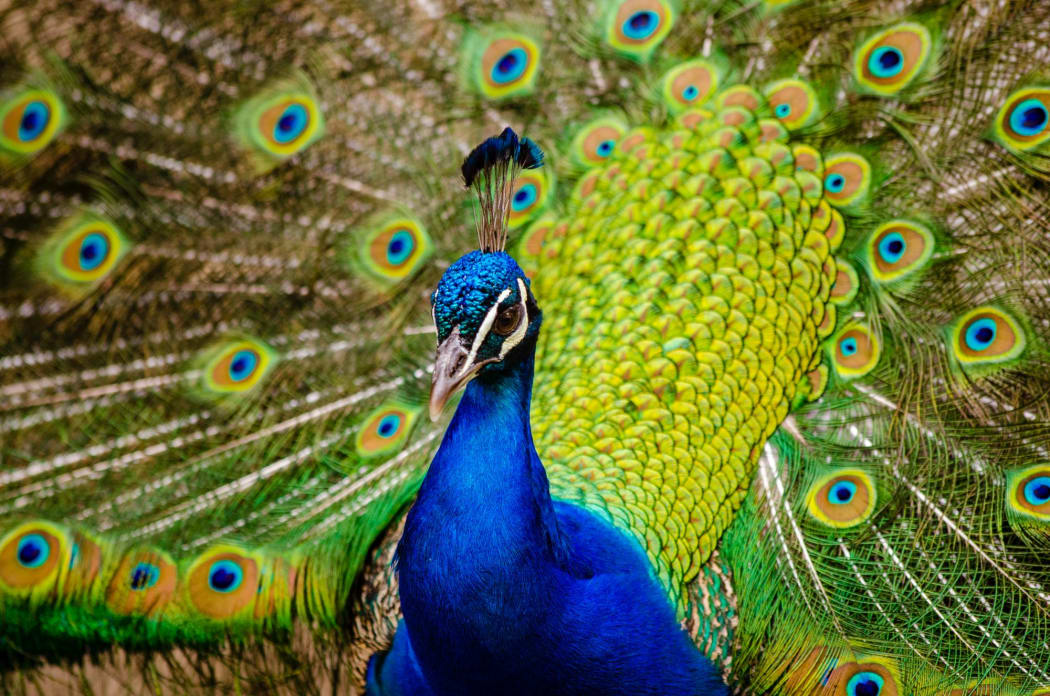"The sight of a feather in a peacock's tail, whenever I gaze at it, makes me feel sick," said Charles Darwin.
How on earth could natural selection – Darwin's theory that it is fittest which survive – allow such a bizarre thing to evolve?
Because the survival of the prettiest is also at work in the natural world, says evolutionary ornithologist Richard Prum, author of The Evolution of Beauty: How Darwin's Forgotten Theory of Mate Choice Shapes the Animal World - and Us.
Many of Prum's fellow scientists believe that beauty only exists in nature to provide information about the quality of a potential mate, i.e. the peacock's gigantic tail is a 'costly signal' to females that he will be a good partner because his genes have enabled him to overcome such a burden.
But Darwin originally proposed that animals often choose mates based on aesthetic preference.
Rather than peacock tails being a "kind of a handicap that only the best males can overcome" they've evolved solely to attract females and in response to female choices, says Prum.
So why does the peafowl also have a longer tail than she needs?
Because in a process called 'co-evolution' females can transform not only males, but themselves through their choices.
"Behind every elaborate ornament in nature there's an equally elaborate and co-evolved cognitive concept of what is desirable. It's not just about the tail, but it's the co-evolution of the tail and the preferences for the tail."
In nature, beauty is kind of its own reward, says Prum.
"Females that choose extremely beautiful mates will benefit regardless of whether that mate is objectively better because other females will agree that mate is preferred ... Females that choose mates that are beautiful will have offspring that are beautiful, as well.
"Beauty in nature may be like an irrationally exuberant market bubble."
This idea of 'sexual selection' doesn't counter Darwin's evolutionary theory, but takes up an earlier strand of his "flexible, creative and diverse" thinking, says Prum.
The scientists who followed Darwin were more rigid and the idea of sexual selection was largely rejected in the Victorian era.
One criticism was that animals weren't psychologically capable of evaluating beauty and there was also a vein of misogyny – the idea that free female choices were a force in nature was regarded as simply impossible.
When it comes to human mate selection, our species is "as complicated as it gets" because we've got all of the evolutionary mechanisms are going on, says Prum.
"We have female choice and male choice, we have male-male competition and female competition. We have varieties of sexual coersion by males and by females and on top of that we've got culture."
We have the mate choice of female ancestors to thank for the evolution of "more co-operative, socially cognitive, aware behaviour" in human males compared with our primate relatives, along with the reduction of male-female size disparity and the disappearance of big canine teeth, Prum says.
"I think females have really transformed human maleness as a result of mate choice."


